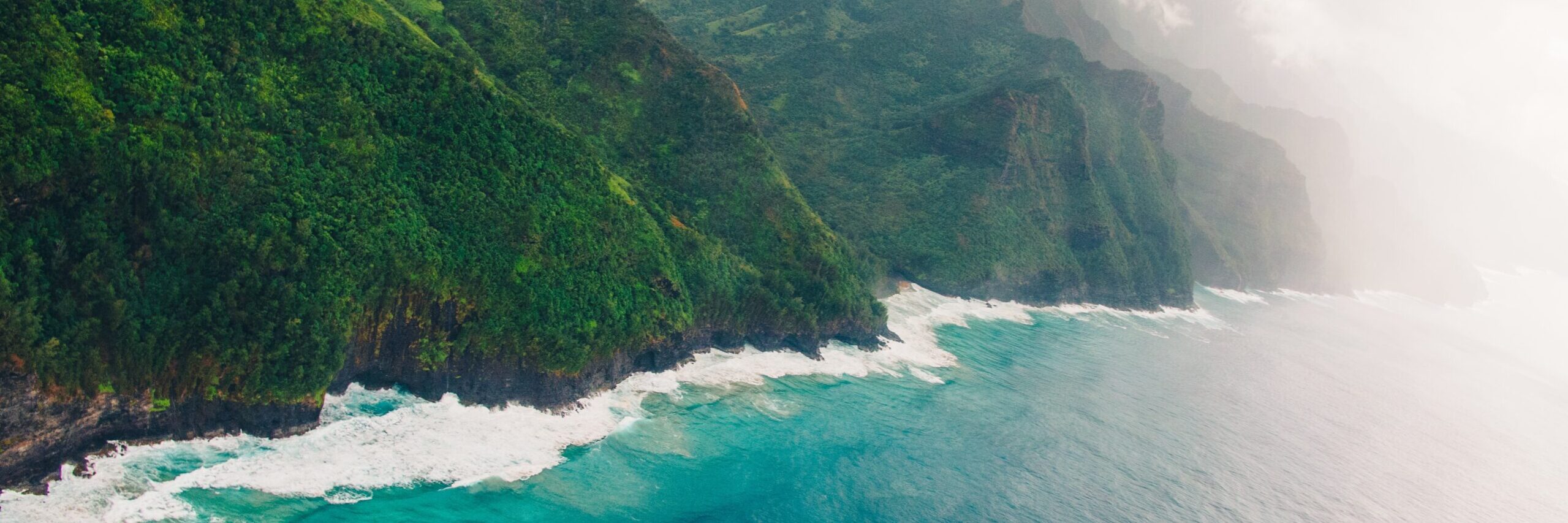Academics from the University of California have mapped the impact of human sewage on the earth’s coasts. The study produced new insights regarding nitrogen and pathogen inputs from wastewater.
Most of the world’s human waste is discarded into the ocean. Much of the sewage is deposited from the same few watersheds located near densely populated areas. Mass deposits of sewage high in nitrogen and pathogens can be disastrous for the ocean.
“Many coastal ecosystems, such as coral reefs and seagrass beds, are particularly sensitive to excess nutrients, even if you don’t have a dead zone,” said the University of California’s director of the National Center for Ecological Analysis Professor Ben Halpern.
“The whole ecosystem can tip into a highly degraded state when nutrient levels are too high. Coral reefs can be converted into fields of algae that overgrow and kill the corals below them. Our work here helps map where nutrients from wastewater are likely putting these ecosystems at greatest risk.”
In 2015, roughly 6.2 million tons of nitrogen from human waste entered the ocean.
According to the University of California’s findings, approximately 46 per cent of global nitrogen inputs from sewage come from the same 25 watersheds. China’s Yangtze River alone contributes 11 per cent of the world’s total inputs.
The findings also suggest that increasingly meat-based diets have a significant impact on adding nitrogen to wastewater. Agriculture already accounts for a large proportion of nitrogen deposits. As human diets move to become increasingly meaty, this adds to the strain on the earth’s oceans.
High inputs of nitrogen can also result in algal bloom. Algal bloom refers to the sudden uptick in the population of algae. This rapid growth can block sunlight from underwater organisms, thereby starving or depriving them of the needed nutrients to survive.
So, what can we do to reduce the harm?
The easiest thing an individual can do to personally reduce harms is to shift to a plant-based diet. Failing that, simply reducing meat consumption can be a meaningful change.
Still, the largest changes may need to come from larger organisations and governments. The researchers from the University of California hope the release of this information will contribute to a global conversation around seawater and ocean conservation.
“These top-down, fine resolution hotspot maps can be matched with bottom-up approaches, and we can transfer knowledge across geographies,” said researcher and author Cascade Tuholske.
“While we map the scale of this problem, we can do something about it,” said Dr Tuholske.
“We can protect both public health and coastal ecosystems.”
Please support us by liking and following this page so we may continue to publish impartial news coverage.





